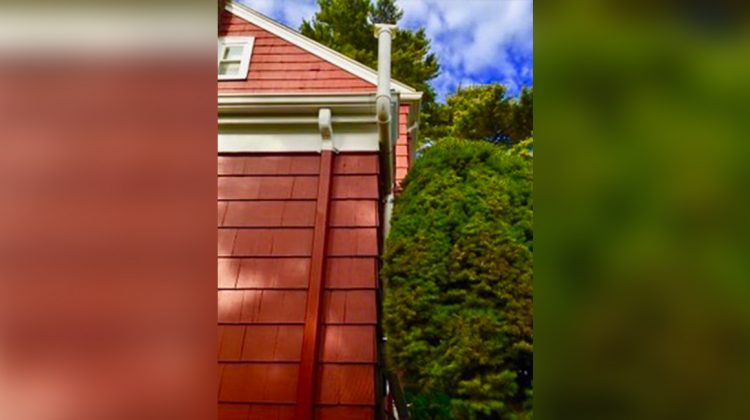LYNNFIELD — The National Cancer Institute estimates that radon causes about 21,000 lung cancer deaths annually. Local geologist Patricia Fabbri urges residents to test their homes for the gas, especially during the winter months when levels can rise.
According to the Environmental Protection Agency, Essex County is a Zone 1 area, meaning homes may have an average indoor radon level of over four picocuries per liter, the highest risk level possible.
Radon is an odorless, colorless gas that comes from the decay of radioactive elements in rocks and soil. It enters through the ground based on changes in pressure and can accumulate inside homes if left unaddressed.
“Lynnfield does have a radon problem. It’s not off the charts, but there are a number of homes that exceed what the action level is,” Fabbri said. “And the best time to test is the winter time because the ground is covered.”
Experts like Fabbri stress that while over four pCi/L is the level where action must be taken, every household, whether they live in a high-risk area or not, should test for the invisible gas.
Testing is easy and inexpensive to do, with test kits available for purchase at any home improvement store. The Massachusetts Department of Public Health also offers free test kits for homeowners and renters.
“You usually want to test the lowest level of the house because that’s generally where the concentrations are going to be highest; that’ll give you the absolute worst-case scenario,” Fabbri said. “If you’re clean in your basement, then you can usually be comfortable that the rest of your house is clean.”
She also recommends testing a new home for radon in case the previous owner hadn’t checked the levels before selling and testing whenever an addition to a home is made, as the disturbance to the soil can create a low-pressure area where radon could seep in.
“Just because your neighborhood or your neighbors don’t have radon doesn’t mean that you don’t,” Fabbri said. “You could have very high concentrations of radon in your house, and your next-door neighbor might have none.”
To fix a radon problem, a company like Fabbri’s GFS Radon will come into a residence and first check for any cracks in the foundation where the gas could be leaking through, then seal those compromised areas.
Then, what’s called a sub-slab depressurization system is installed to create a low-pressure area underneath the building. Piping with a low-volume fan at the base then extracts the radon from the home and exhausts it above the roof line.
“The system shouldn’t affect anybody, and it keeps radon from entering the house,” Fabbri said. “So instead of coming into your heated house, radon would flow towards the fan and be vented above the roof line.”
The installation can generally be done in a couple of days or less and is a painless process to set up. Some new homes are even proactively installing passive radon systems.
Importantly, the venting should always be outside the home. Fabbri recalled one client who had an exceptionally high concentration of radon because their contractor built their home with an extraction system that piped the gas into their attic.
To get more information on radon and how to protect a household from it, go to the GFS Radon website at gfsradon.com or visit mass.gov/radon for more information.

